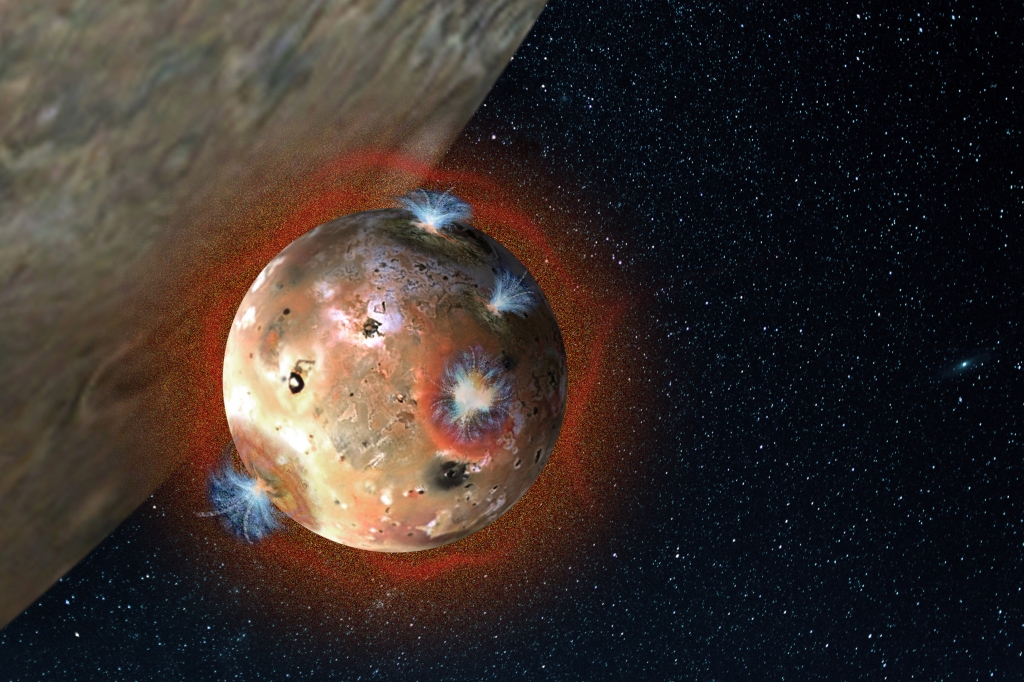-
Tips for becoming a good boxer - November 6, 2020
-
7 expert tips for making your hens night a memorable one - November 6, 2020
-
5 reasons to host your Christmas party on a cruise boat - November 6, 2020
-
What to do when you’re charged with a crime - November 6, 2020
-
Should you get one or multiple dogs? Here’s all you need to know - November 3, 2020
-
A Guide: How to Build Your Very Own Magic Mirror - February 14, 2019
-
Our Top Inspirational Baseball Stars - November 24, 2018
-
Five Tech Tools That Will Help You Turn Your Blog into a Business - November 24, 2018
-
How to Indulge on Vacation without Expanding Your Waist - November 9, 2018
-
5 Strategies for Businesses to Appeal to Today’s Increasingly Mobile-Crazed Customers - November 9, 2018
NASA research reveals Jupiter moon Io’s atmosphere collapses in planet’s shadow
A team of astronomers led by Southwest Research Institute revealed that the atmosphere of Jupiter’s volcanically active satellite Io collapses as the giant gas planet cast shadow over the moon’s surface during daily eclipse.
Advertisement
This research is the first time scientists have observed this phenomenon directly, improving our understanding of this geologically active moon.
The team discovered that anytime the moon becomes shaded by the gas giant, its atmosphere freezes and collapses. For roughly one and a half Earth days – two hours on Io – the sulfur dioxide that makes up Io’s atmosphere collapses onto the surface as ice.
Dr. Zolotov calls the process a balancing act between the composition of the atmosphere, the volume of gasses the moon’s volcanoes emit, and the amount that the atmospheric temperature drops during eclipse. Io’s atmosphere (the reddish haze in the artist’s sketch, above), which is largely made of sulfur dioxide, originates from volcanic plumes scattered around the moon (depicted as blue fountains, above). When the moon re-enters full sunlight, the frost is heated and sublimates, or converts directly back into an atmospheric gas.
Io is the solar system’s most volcanic active body.
Once Io emerges from Jupiter’s shadow, the moon reheats and sulfur dioxide gas reforms the atmosphere.
In the frigid environment around Jupiter, where temperatures are around -150 C in the sun, this thin atmosphere can stay gaseous, and has even been seen, backlit, by NASA’s Cassini spacecraft while it was on its way to Saturn.
Io’s atmosphere begins to collapse when temperatures are lowered during the eclipse. The sulfur dioxide atmosphere freezes and settles as frost on Io’s surface.
Prior to the study, no direct observations of Io’s atmosphere in eclipse had been possible because Io’s atmosphere is hard to observe in the darkness of Jupiter’s shadow.
Each day, Io is eclipsed by Jupiter for two hours. “We’ve long suspected this, but can finally watch it happen”, Dr. Spencer said.
“No direct observations of Io’s atmosphere in eclipse have previously been possible, due to the simultaneous need for high spectral and time sensitivity, as well as a high signal-to-noise ratio”, the study authors wrote.
The researchers observed Io over two nights in November 2013, when the moon was more than 420 million miles from Earth. Instead, they performed their study by using TEXES to measure Io’s atmosphere through heat radiation and Gemini North to detect the atmosphere’s changing heat signature.
Advertisement
Now that Juno has arrived in orbit, there should be a steady stream of data forthcoming on Jupiter and its moons.




























